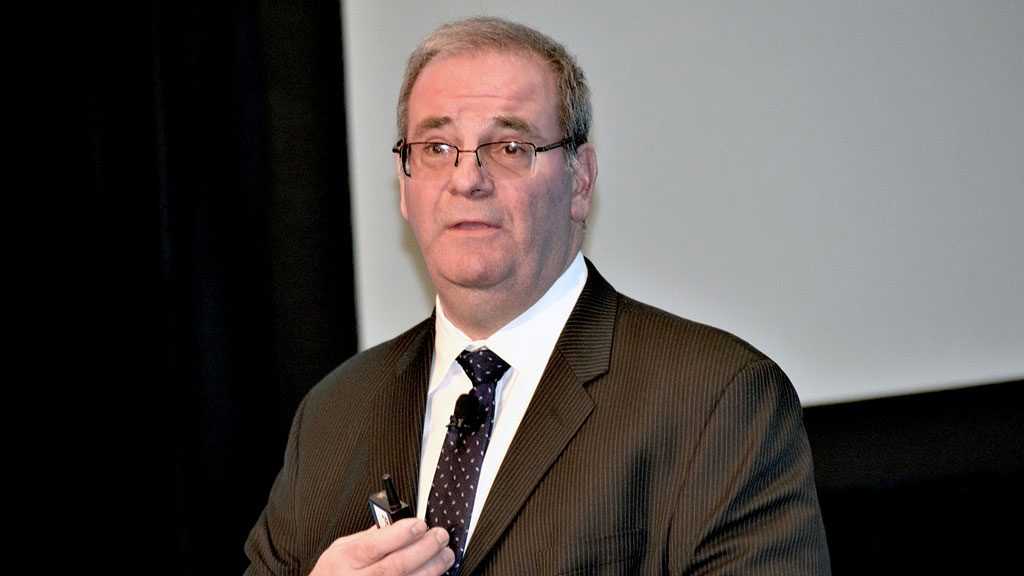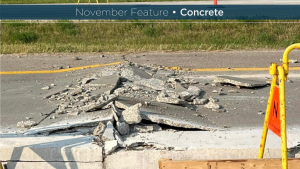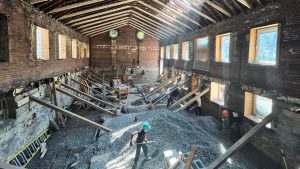Infrastructure Ontario (IO) is revamping key planning and procurement practices as it prepares to take the second and third phases of the $10-billion-plus GO RER electrification project to market later this year.
Derrick Toigo, IO executive vice-president in charge of roads and transit, told delegates attending the Ontario Road Builders’ Association (ORBA) conference in Toronto Feb. 5 that the private firm Jacobs, owner’s engineer for Metrolinx, has taken on a more important and formal role in project planning and that IO will be announcing a new project staging strategy in the coming months.
Toigo also said IO was looking for ways to deliver more work to mid-tier Canadian contractors as huge consortiums expected to have significant international representation take on package 2 and 3 work on the RER (Regional Express Rail) project, and that IO was aiming to offer incentives to contractors to avoid major disruptions where possible as the builds proceed.
Each of the measures responds to criticisms levelled in the past by stakeholders.
“We have heard very clearly that there is pressure on the market about the ability to deliver these projects,” Toigo told the delegates.
“What we are trying to do with our partners is to figure out ways of working with you, with ORBA, and with other agencies and other stakeholders to figure out different ways to have you participate in our projects.”
A document titled GO Expansion Full Business Case that was approved by the Metrolinx board of directors in December put the total cost of the three phases of the RER project — the first-phase Early/Enabling Works, package 2 Off-Corridor projects and package 3 On-Corridor works (now called OnCorr) — at $16.2 billion.
The project will bring 15-minute service across the whole GO-owned network using new electrified trains. Construction of the final OnCorr phase is expected to start in 2021 with 2028 the targeted completion date.
Toigo posted a flow chart during his ORBA presentation that described the enhanced role Jacobs will be playing in planning RER alongside Metrolinx and IO.
“What we have done is we’ve taken a look at the expertise in the various organizations and determined which organizations are better able to perform the work,” he said in an interview.
“We have particular expertise in procurement and contract management, that’s what IO’s focus is, and Jacobs does the technical support. They are providing support to Metrolinx in performance requirements and scope development, and Metrolinx is the transit agency responsible for the delivery of transit so they define the planning, with the government, and the scope of the project, and they are the owners.”
He said the idea of the realignment of responsibilities developed out of conversations between Phil Verster and Ehren Cory, CEOs of Metrolinx and IO respectively, in recognition of the unprecedented complexity of the second and third phases of the RER project. The new integrated system was finalized last March.
Toigo said the RER project is not immune from the provincial government’s review of all major projects planned for the province. He said the government is doing its due diligence on the project and if the next phases receive a green light in the provincial budget, expected in late March, both package 2 and OnCorr could go to market with an RFP anticipated in late spring or early summer.
The new large-project staging measures will also be unveiled after the budget, said Toigo.
“You will see something coming out in the spring that will probably help you understand where projects are going in the next couple of years,” he told the ORBA audience.
“We don’t want all sorts of work at the same time creating unnecessary pressures on the market. While we want you to work, we want you to work with us effectively and encourage different folks to be part of our projects.”
Recognizing he was addressing roadbuilders, Toigo said there was a significant amount of work for ORBA contractors in various IO transit projects, with roads, bridges and other surface work required as part of such builds as the Finch, Hamilton, Hurontario and Eglinton LRT projects.
Among highway projects, Highway 407 East phase 2 and the Highway 427 expansion are under construction while Highway 401 widening with HOV lanes is in procurement.











Recent Comments
comments for this post are closed